To the north it borders Sin Ho district, Lai Chau province, to the south it borders Tuan Giao district, to the west it borders Muong Cha district of Dien Bien province, to the east it borders Quynh Nhai district of Son La province. Tua Chua stands out as a land containing traditional ethnic culture with many unique marks.
The hobby of "playing at the market" in Tua Chua is such a mark. Xa Nhe market, about 15km from Tua Chua town, meets regularly on Dau (rooster day) and Mao (cat day) according to the lunar calendar. This is the occasion for the Mong, Dao, Thai, Xa Phang (Hoa) ethnic groups from neighboring communes such as Muong Dun, Tua Thang, Muong Bang to come to exchange products, ethnic costumes, traditional handicrafts, etc. Meanwhile, Ta Sin Thang market - the oldest market in the region, located about 37km from Tua Chua town - meets in the middle of a valley, surrounded by steep cliffs surrounded by white clouds and mist all year round.
The market opens every 6 days on Ngo (horse day) and Ty (mouse day). In the beginning, young men and women here went to the market mainly to find love partners and choose a life partner. Therefore, when going to the market, you will see everyone leisurely listening to the sound of flutes, singing and the strong aroma of Mong Pe corn wine.
During the day, when night falls, the night market in Tua Chua town meets every Saturday and Sunday evening, a place for exchanging goods and cultural exchange between the people of the district and neighboring districts, with a variety of unique local products and products such as: wood ear, shiitake mushrooms, honey, hawthorn, dried bamboo shoots, medicinal herbs and rustic dishes. The atmosphere of homegrown art performances is bustling, cozy and friendly, welcoming visitors when they set foot in Tua Chua.
Not only culturally attractive, Tua Chua landscape is also memorable with its rich terraced fields and unique caves. With its farming characteristics, the rice harvest season here falls around September - October every year. The terraced fields are layer upon layer, sometimes shaped like mazes or raspberries offering to heaven and earth, interspersed with traditional houses on the fields and soft, winding paths. The golden color of the rice not only contributes to the characteristic golden season of the Northwest but also ensures the livelihood of ethnic minorities. Compared with familiar names such as Mu Cang Chai ( Yen Bai ), or Hoang Su Phi (Ha Giang), Tua Chua is not inferior to Chieu Tinh, Hang La, Hang Khua and Doi Rua, beautiful and fertile in the heart of a large valley in the communes of Sinh Phinh, Sin Chai, Ta Phin and Trung Thu.
The human hands of Tua Chua, Dien Bien have built such a beautiful rice field, and nature has favored this land with beautiful caves interspersed in the thousands-year-old ironwood forests, which have been ranked as national scenic spots such as Kho Chua La cave, Xa Nhe cave in Xa Nhe commune, Tham Khen cave in Muong Dung commune, Pe Rang Ky cave in Huoi So commune, with a system of beautiful and majestic stalagmites and stalactites, many diverse shapes sparkling with stalactites like a natural art museum.
Heritage Magazine


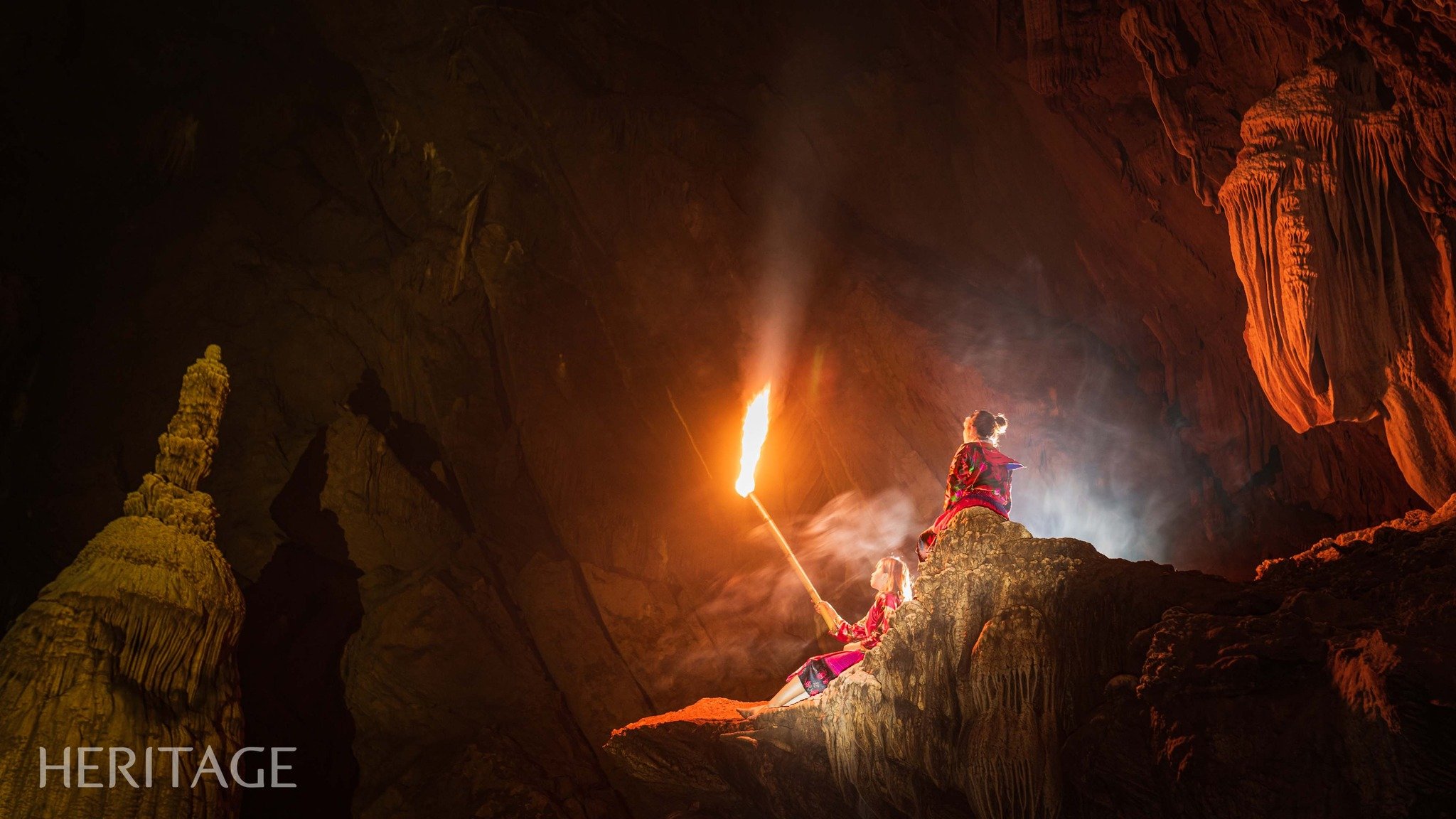
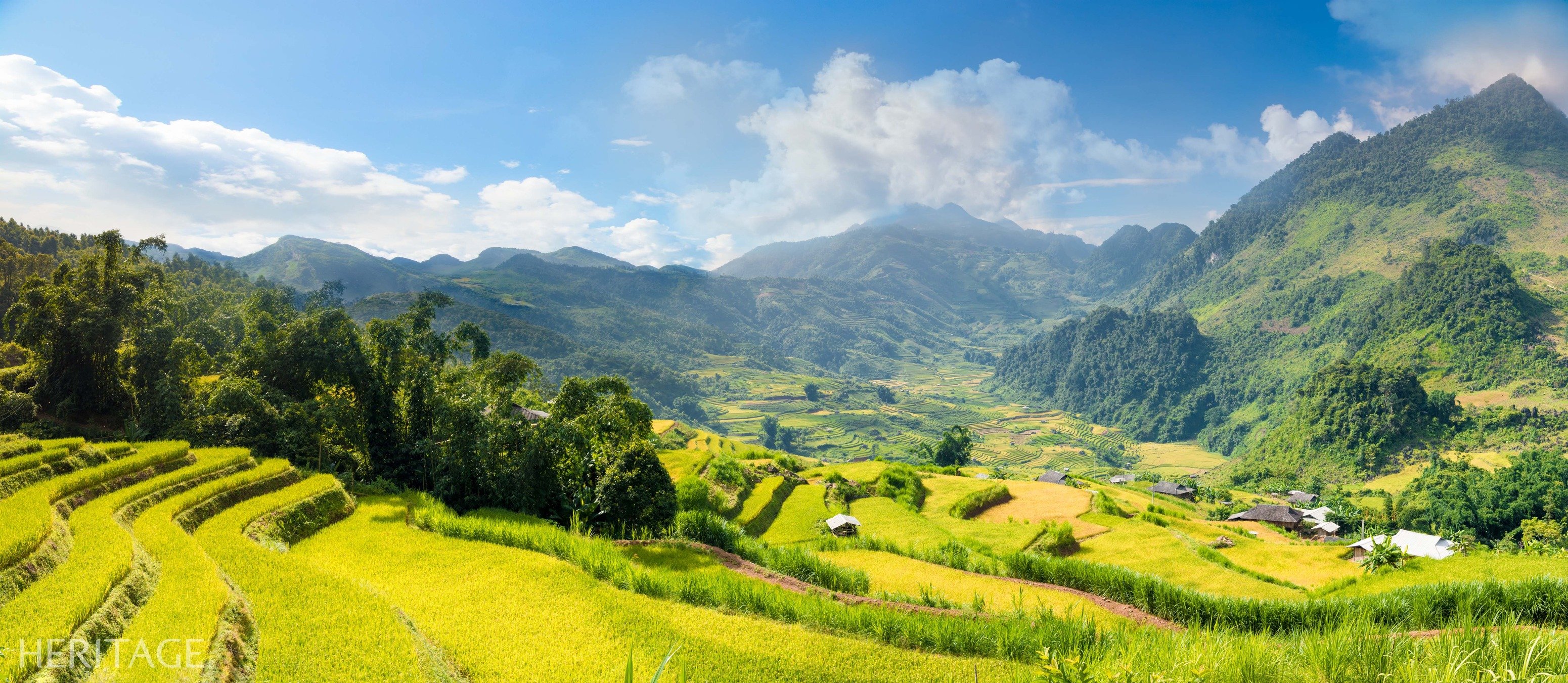
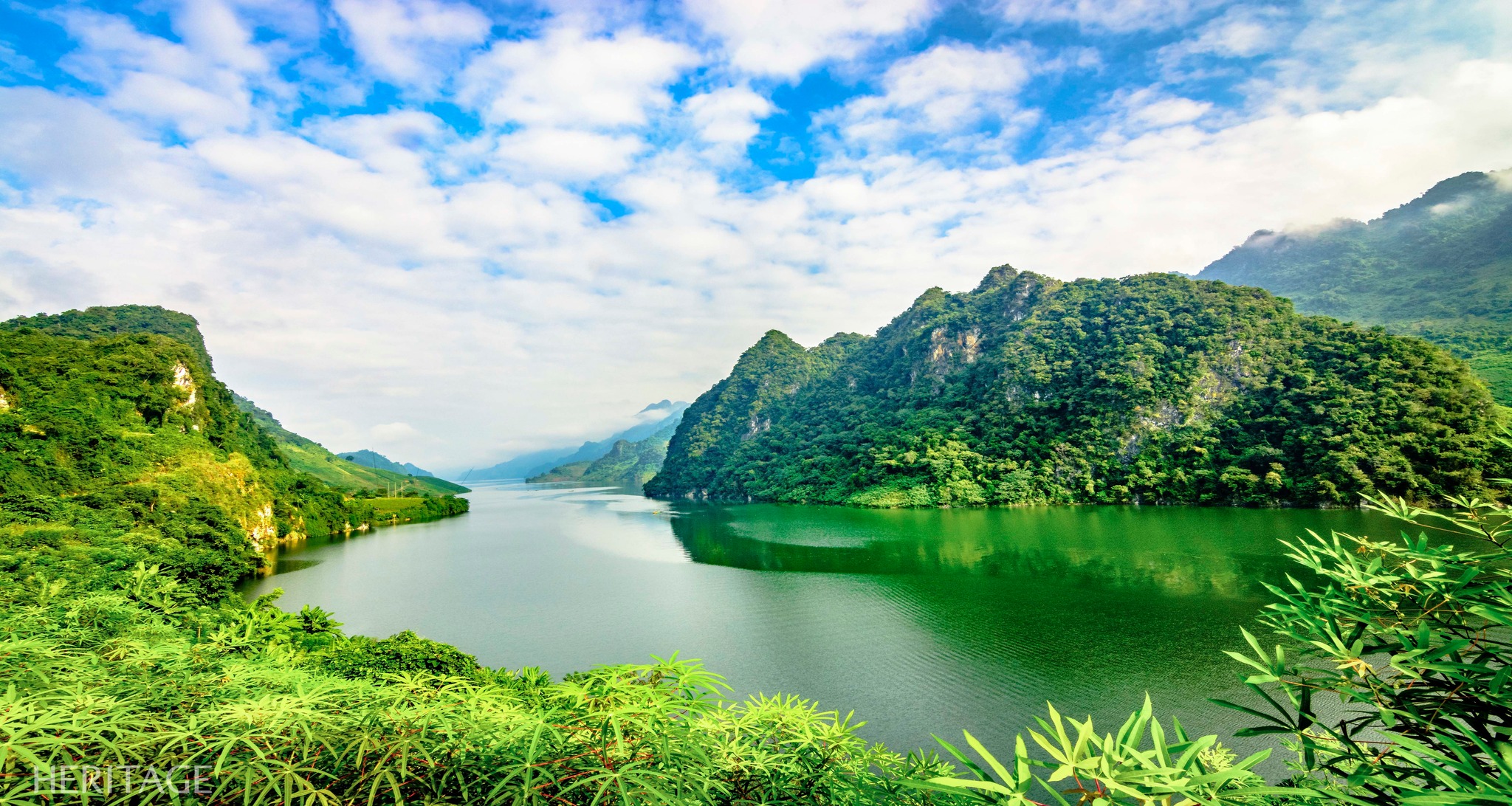
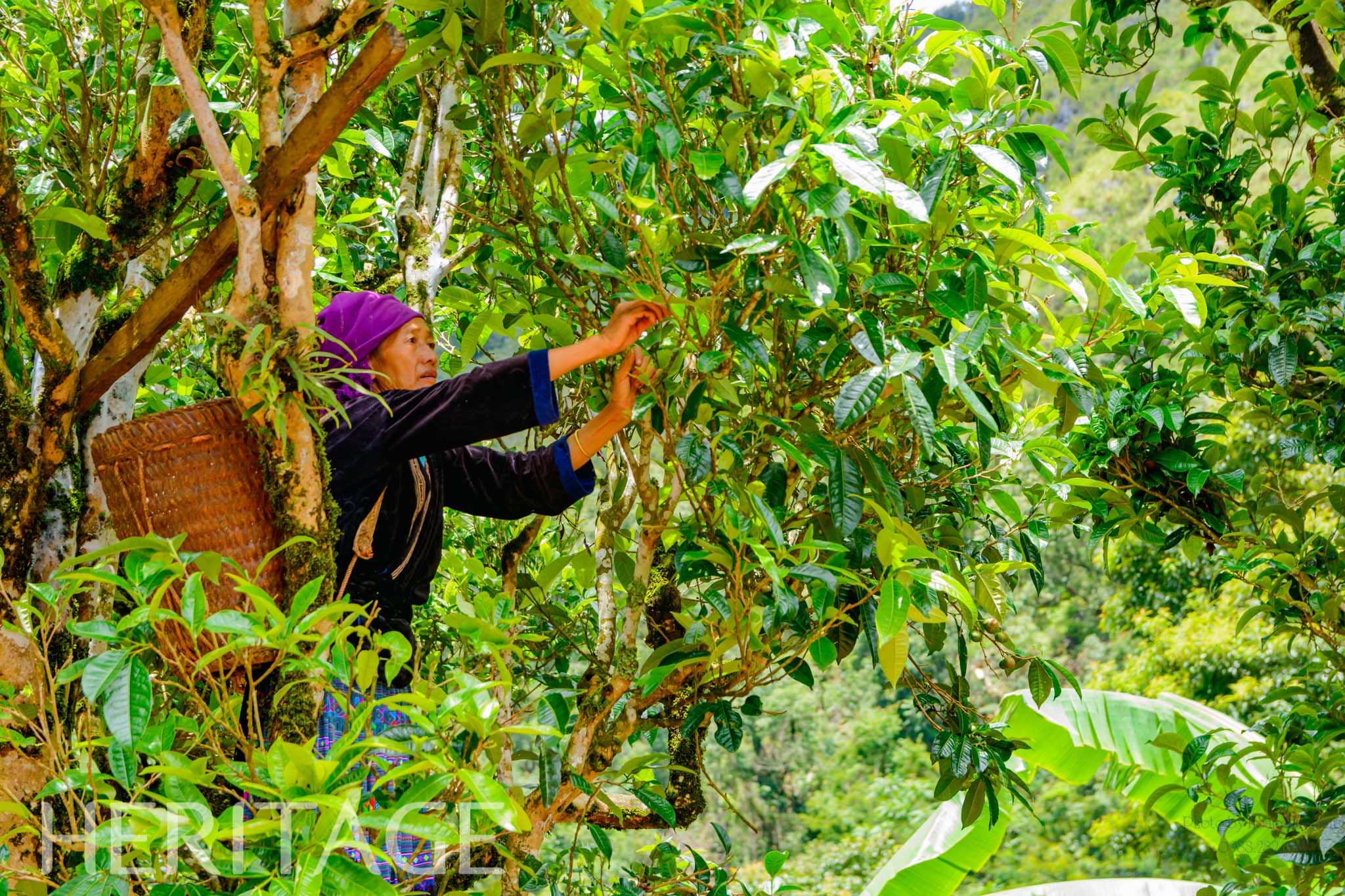

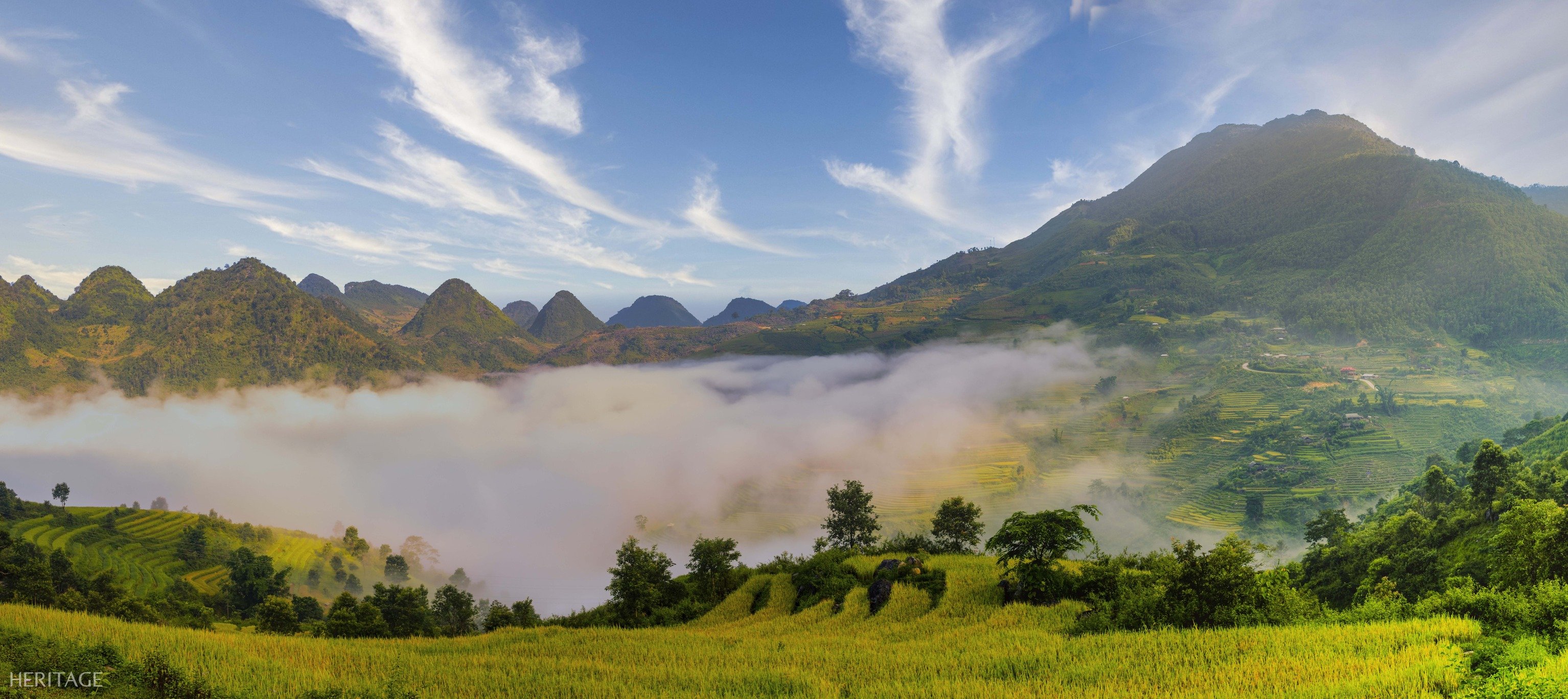
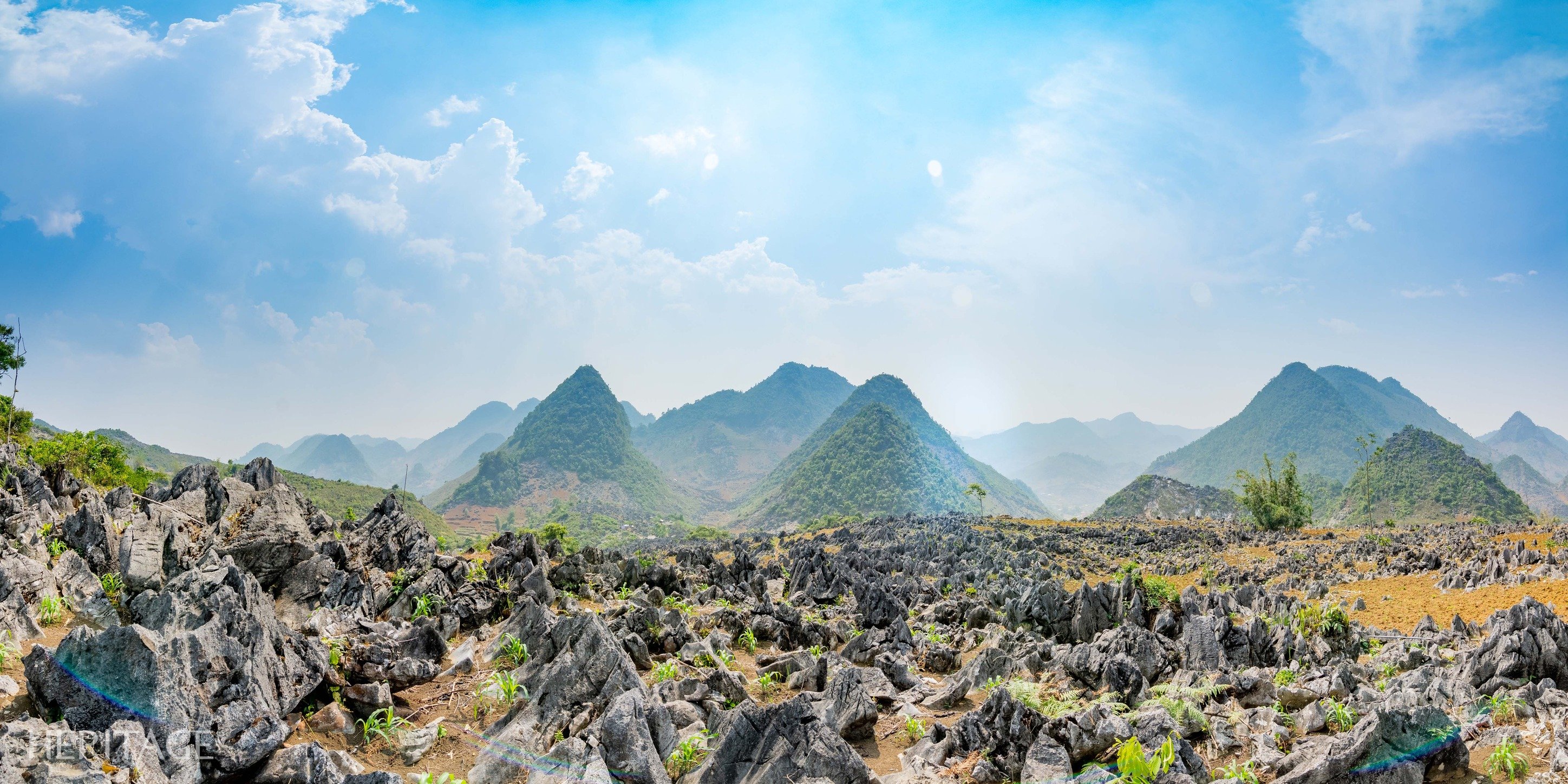
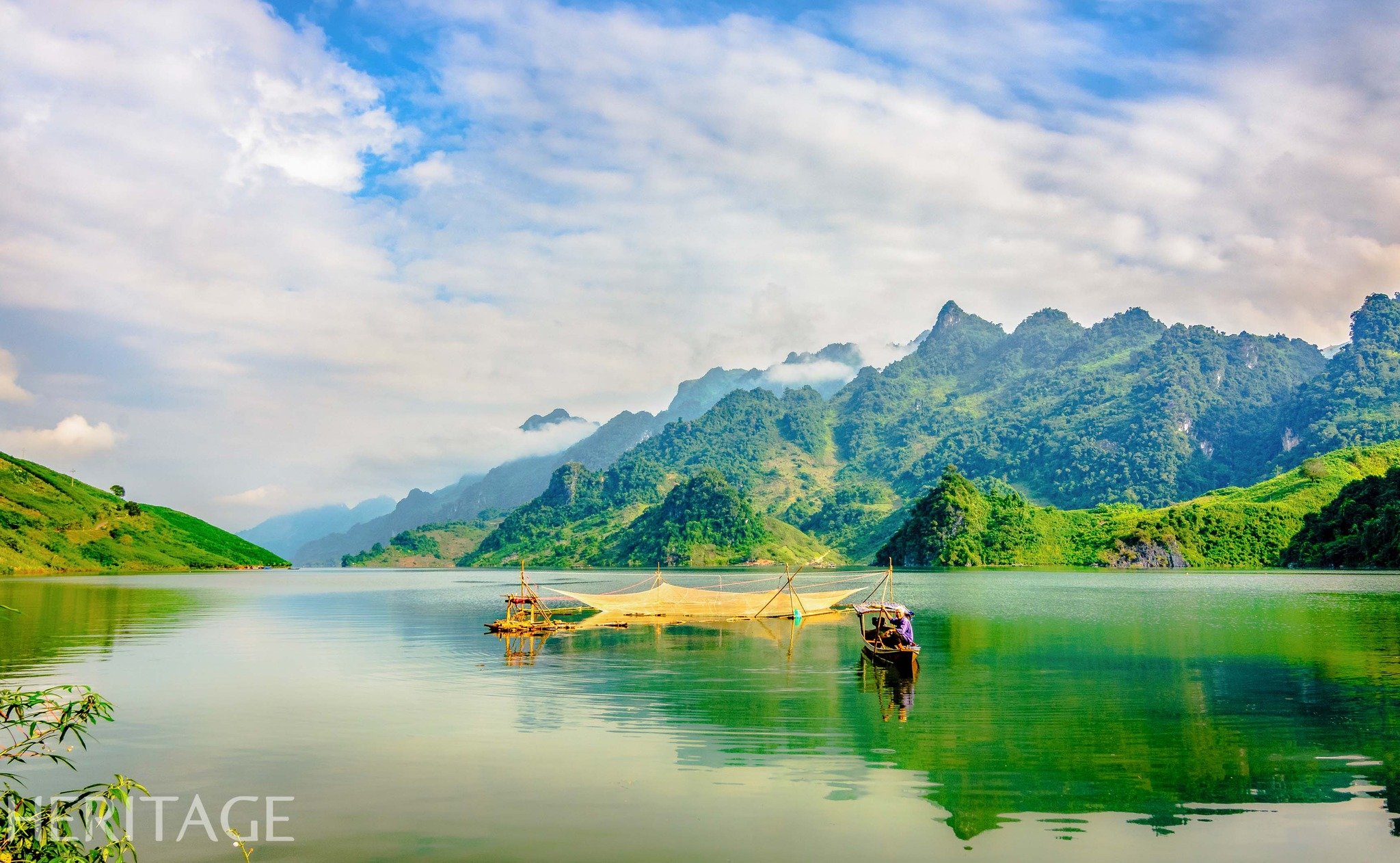
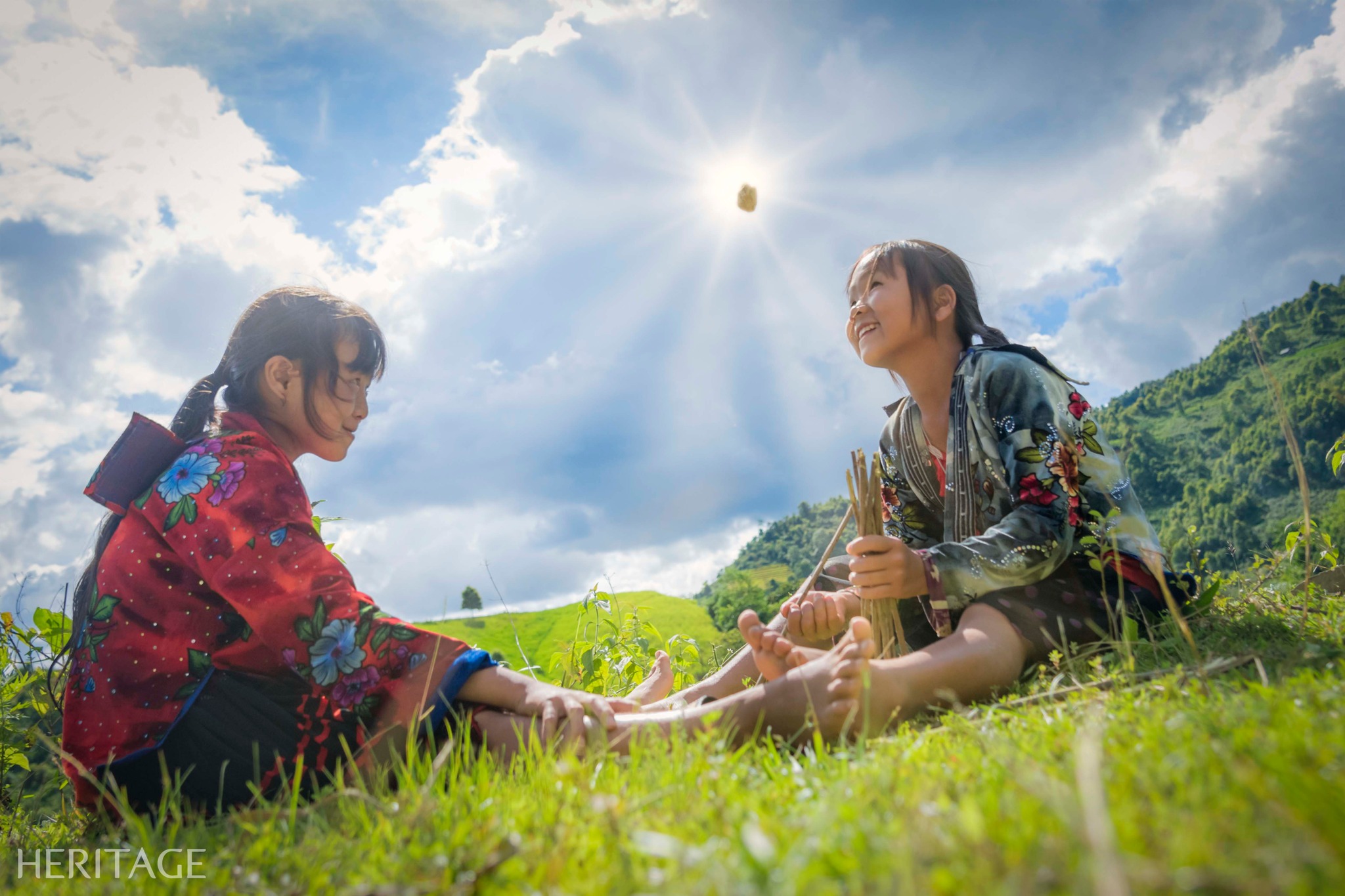
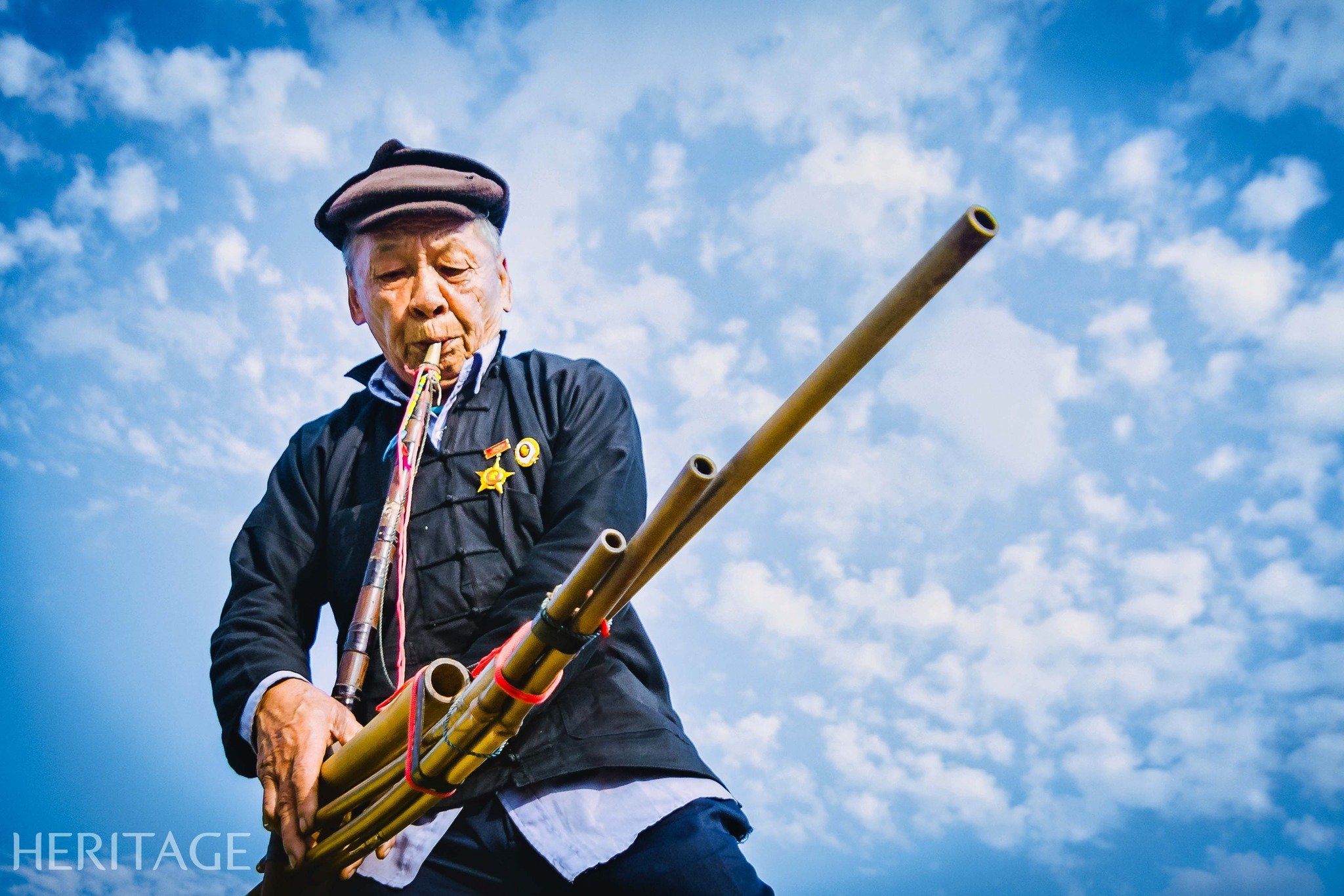
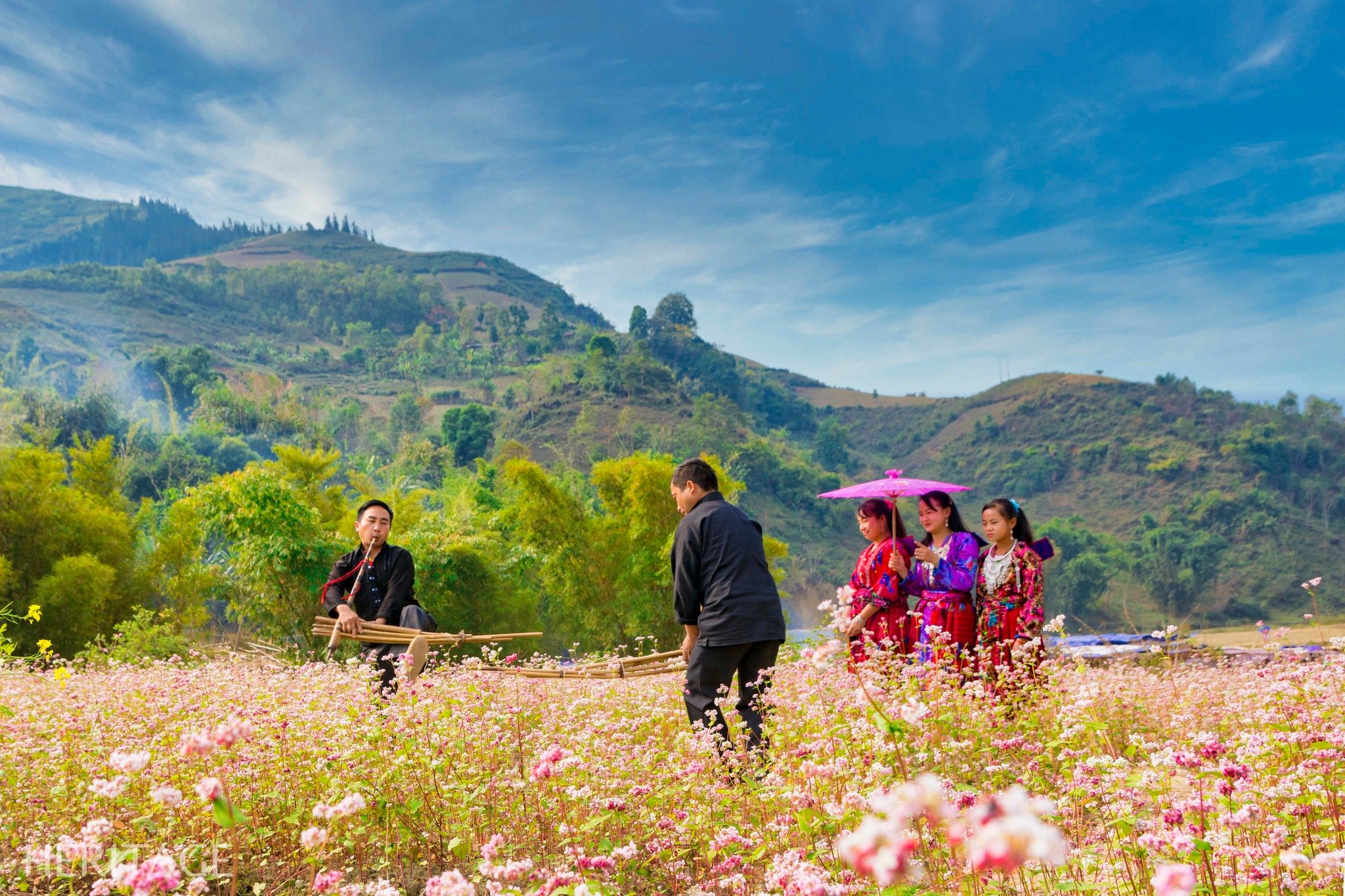
![[Photo] Parade to celebrate the 50th anniversary of Laos' National Day](/_next/image?url=https%3A%2F%2Fvphoto.vietnam.vn%2Fthumb%2F1200x675%2Fvietnam%2Fresource%2FIMAGE%2F2025%2F12%2F02%2F1764691918289_ndo_br_0-jpg.webp&w=3840&q=75)




![[Photo] Worshiping the Tuyet Son statue - a nearly 400-year-old treasure at Keo Pagoda](/_next/image?url=https%3A%2F%2Fvphoto.vietnam.vn%2Fthumb%2F1200x675%2Fvietnam%2Fresource%2FIMAGE%2F2025%2F12%2F02%2F1764679323086_ndo_br_tempimageomw0hi-4884-jpg.webp&w=3840&q=75)
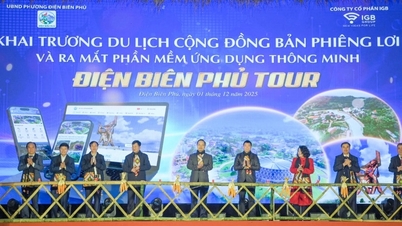

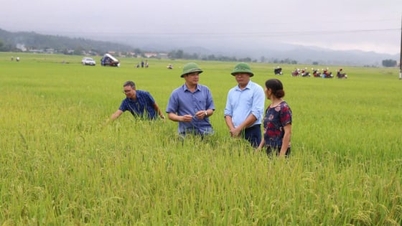

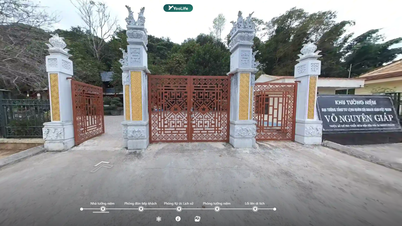

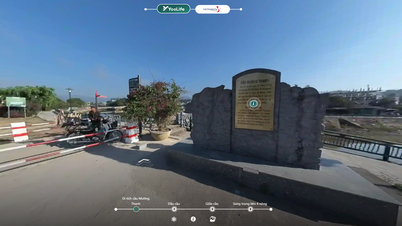
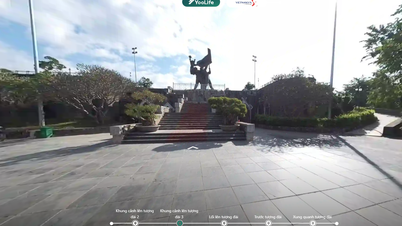
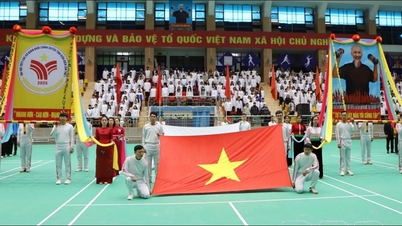

![[Photo] Parade to celebrate the 50th anniversary of Laos' National Day](https://vphoto.vietnam.vn/thumb/402x226/vietnam/resource/IMAGE/2025/12/02/1764691918289_ndo_br_0-jpg.webp)

![[Photo] Worshiping the Tuyet Son statue - a nearly 400-year-old treasure at Keo Pagoda](https://vphoto.vietnam.vn/thumb/402x226/vietnam/resource/IMAGE/2025/12/02/1764679323086_ndo_br_tempimageomw0hi-4884-jpg.webp)
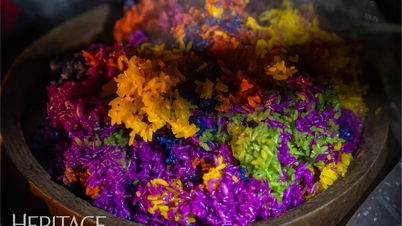
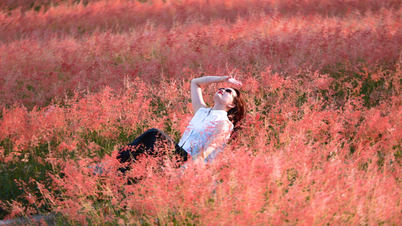

![[Photo] National Assembly Chairman Tran Thanh Man receives First Vice Chairman of the Federation Council of the Federal Assembly of the Russian Federation](https://vphoto.vietnam.vn/thumb/402x226/vietnam/resource/IMAGE/2025/12/02/1764648408509_ndo_br_bnd-8452-jpg.webp)
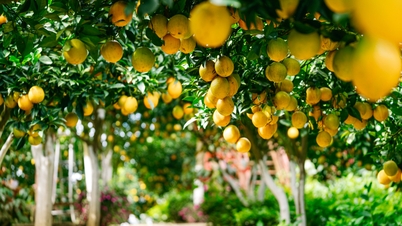





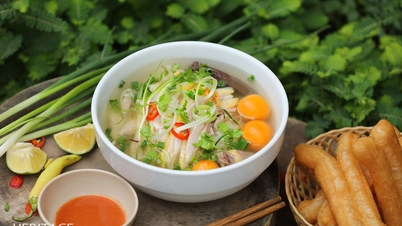


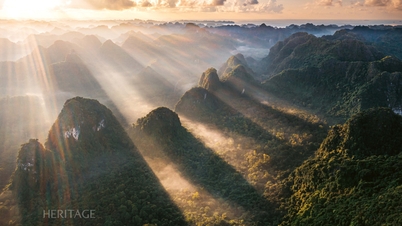
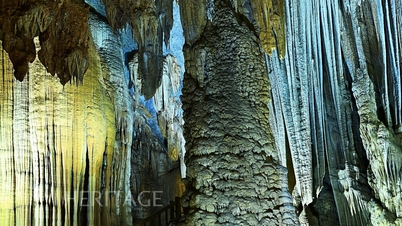


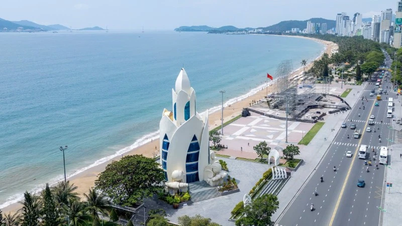
![[Video] Protecting World Heritage from Extreme Climate Change](https://vphoto.vietnam.vn/thumb/402x226/vietnam/resource/IMAGE/2025/12/03/1764721929017_dung00-57-35-42982still012-jpg.webp)
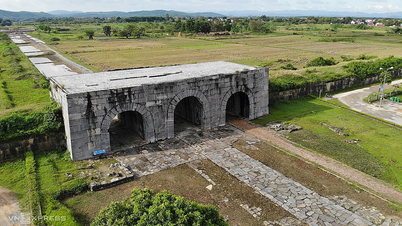




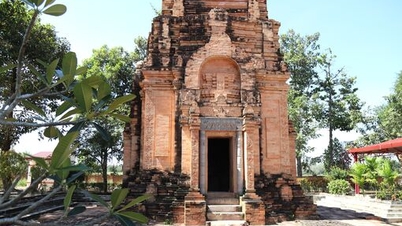

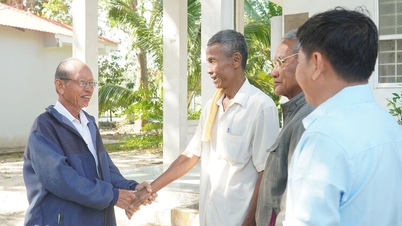











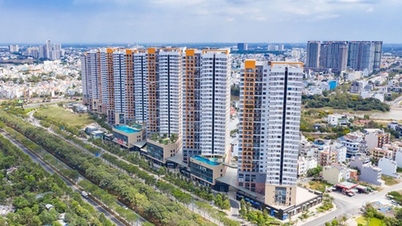





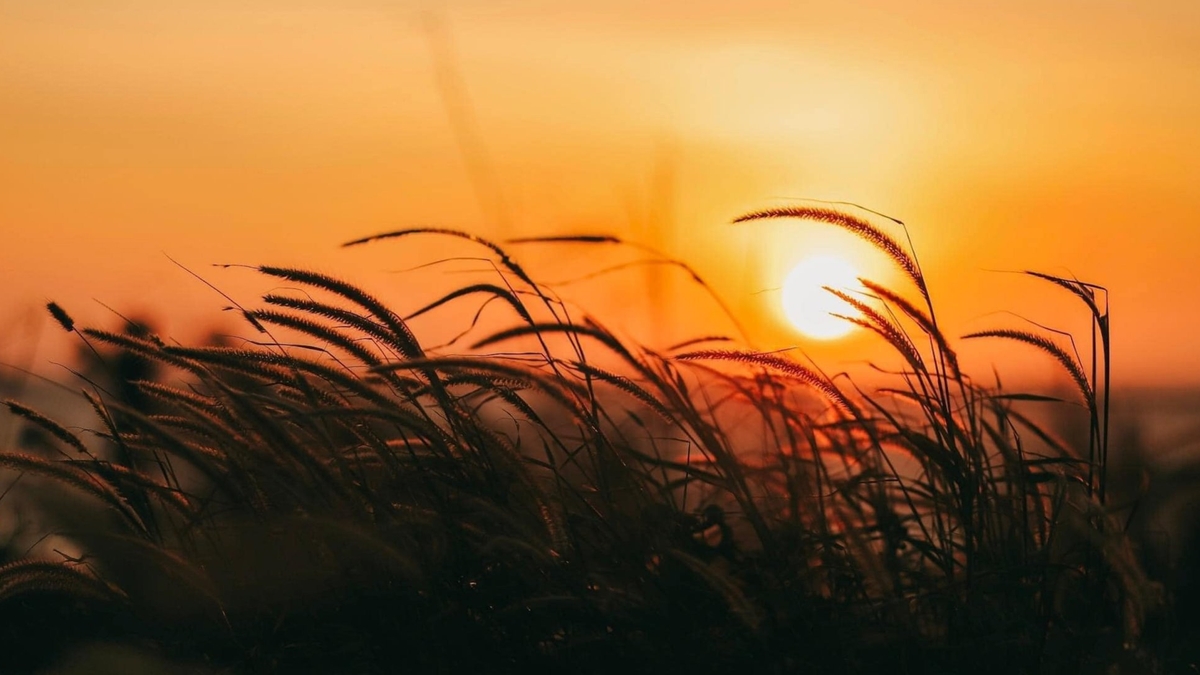











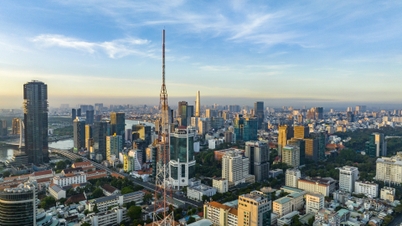




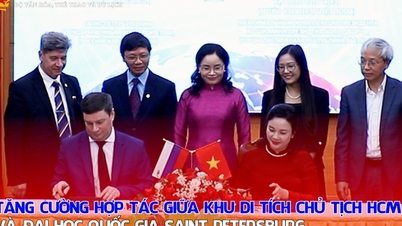







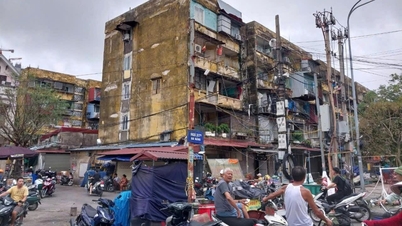

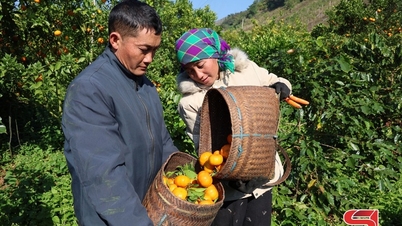







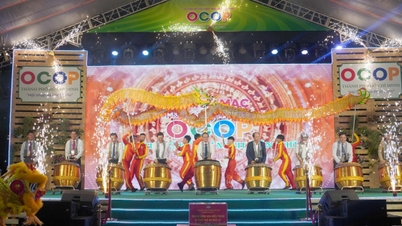


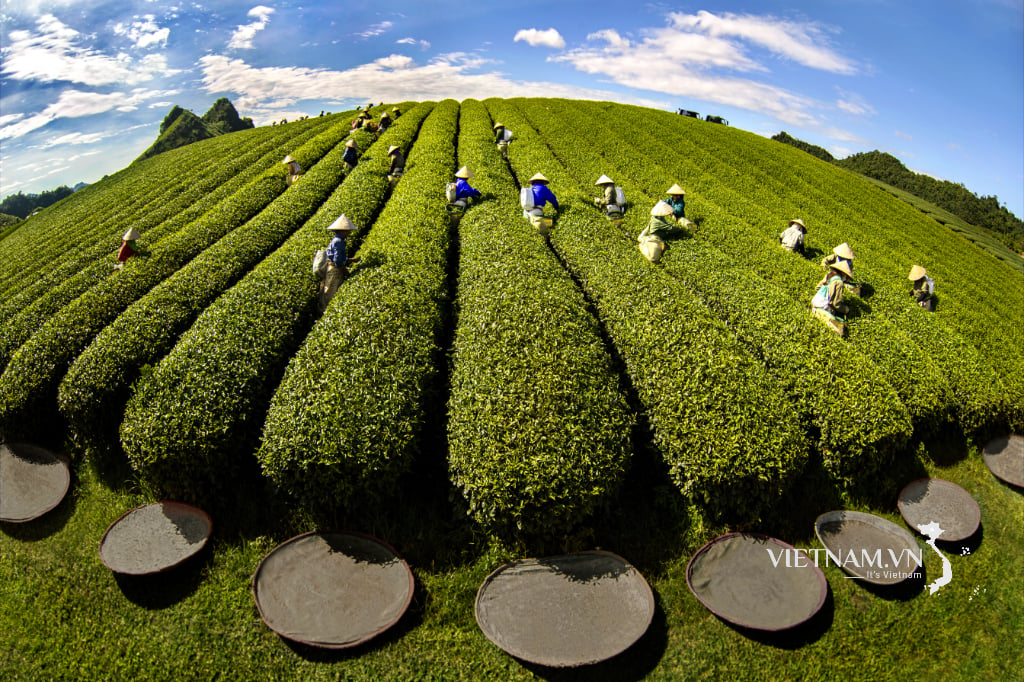


Comment (0)